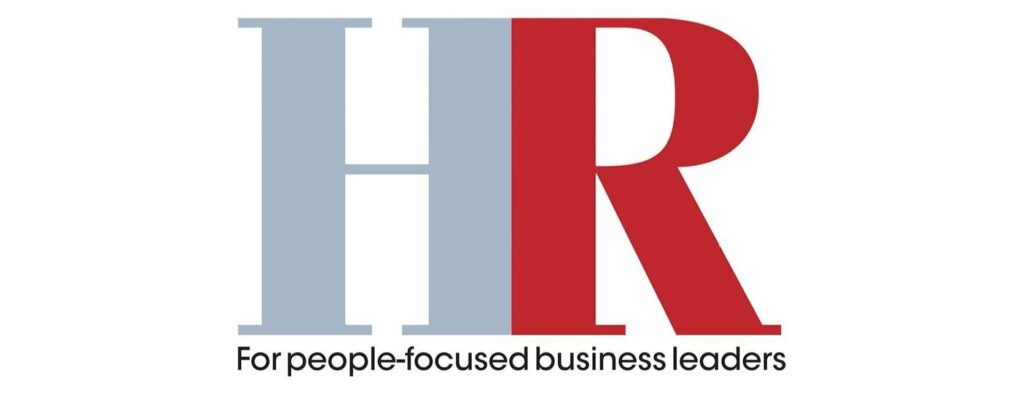An inclusive workplace culture thrives when it effectively embraces differences, allowing individuals to flourish while fostering a high-performing team. It’s the vital element that enables employees to grow and excel in their roles.
Many forward-thinking organizations recognize these and have implemented inclusive policies along with employee training.
However, a common challenge is assessing the effectiveness of these efforts and monitoring team progress. This challenge is particularly pronounced for groups that have traditionally been underrepresented in workplaces, such as LGBT+ employees.
Understanding the experiences of these underrepresented communities is crucial for building inclusive workplaces, as it reveals both strengths and areas that need improvement within the organization. Without this understanding, it’s impossible to gauge the full scope of workplace inclusivity.





